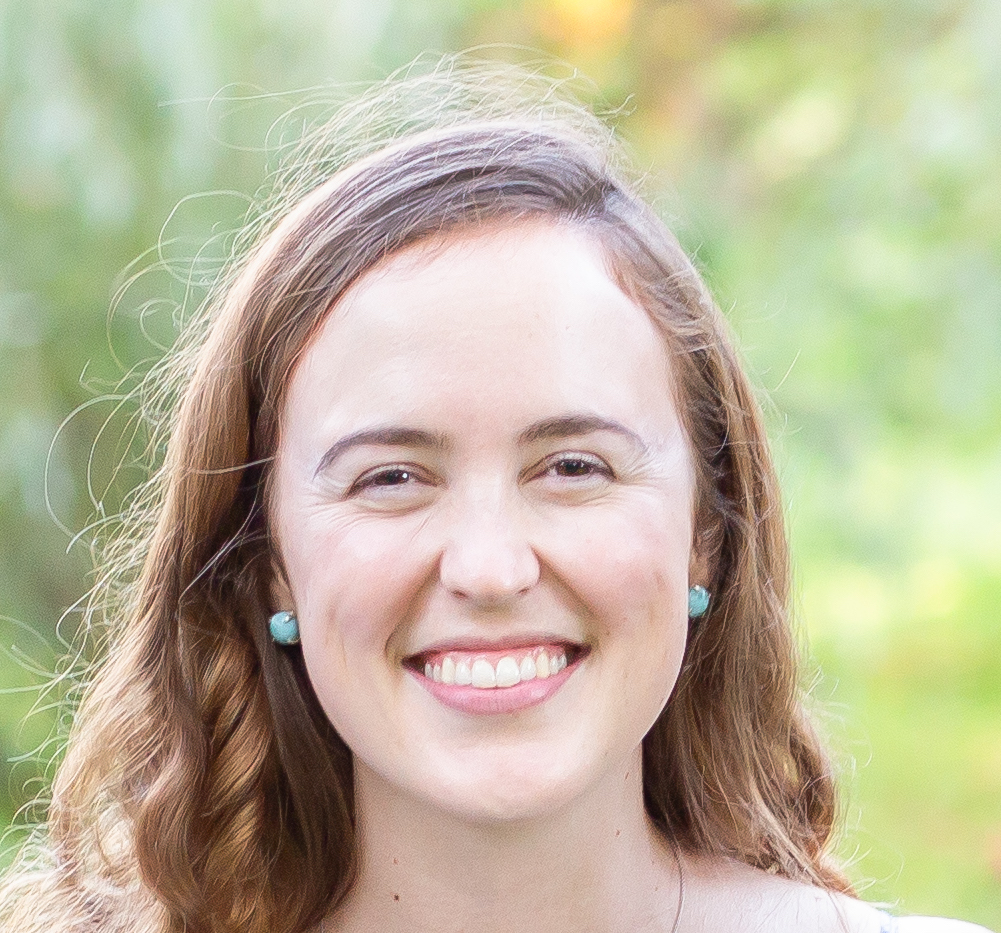Child / Adolescent - Anxiety
(PS5-11) A Mixed Methods Examination of Caregiver Satisfaction with Anxiety Treatment Among Youth with Autism Spectrum Disorder
- EJ
Emma R. Jenkins, B.A.
Clinical Research Assistant
Warren Alpert medical School of Brown University
Providence, Rhode Island, United States - KR
Kathrin Renschler, M.A.
Clinical Research Assistant
Warren Alpert medical School of Brown University
Riverside, Rhode Island, United States - MM
Marika Marklin, B.S.
Clinical Research Assistant
Warren Alpert medical School of Brown University
Riverside, Rhode Island, United States .jpg)
Jonathan C. Rabner, M.A.
Intern
Kennedy Krieger Institute
Baltamore, Maryland, United States- MC
Margaret E. Crane, Ph.D.
Implementation Science Fellow
Warren Alpert medical School of Brown University
Providence, Rhode Island, United States - ES
Eric C. A. Storch, Ph.D.
Professor and Vice Chair
Baylor College of Medicine
Houston, Texas, United States - JW
Jeffrey J. Wood, Ph.D.
PROFESSOR
University of California Los Angeles
Los Angeles, California, United States - CK
Connor M. Kerns, Ph.D.
Associate Professor
University of British Columbia
Greater Vancouver, British Columbia, Canada - AL
Adam B. B. Lewin, ABPP, Ph.D.
Professor, College of Medicine
University of South Florida
St. Petersburg, Florida, United States - BS
Brent J. Small, Ph.D.
Professor
University of North Carolina at Chapel Hill
Chapel Hill, North Carolina, United States 
Philip C. Kendall, ABPP, Ph.D.
Distinguished Professor of Psychology
Temple University
Philadelphia, Pennsylvania, United States
Joshua Kemp, Ph.D.
Assistant Professor (Research)
Alpert Medical School of Brown University
Riverside, Rhode Island, United States
Lesley A. Norris, Ph.D.
Postdoctoral Fellow
The Warren Alpert Medical School of Brown University
Barrington, Rhode Island, United States
Author(s)
Co-Author(s)
Background: For Cognitive Behavioral Therapy (CBT) to best meet the specific needs of youth with co-occurring anxiety and Autism Spectrum Disorder (ASD) and continue to grow as a sustainable treatment option, it will be important for researchers to consider caregiver perspectives and feedback. To this end, we conducted a systematic inductive thematic analysis to identify what caregivers of children with co-occurring anxiety and ASD like most and least about their anxiety treatment.
Methods: The current project used data from a multi-site randomized controlled trial (RCT) that included 148 caregivers of youth ages 7-13 (M= 9.89, SD= 1.79; 23.0% female) with a primary anxiety disorder and ASD. 77.7% of the sample identified as White, 7.4% Other, 5.4% Black or African American, 6.1% Asian, 2.0% American Indian or Alaskan Native (1.4% missing); 18.2% Hispanic/Latino. Families were randomly assigned to (1) standard CBT (Coping Cat), (2) CBT tailored for youth with ASD and co-occurring anxiety, or (3) treatment as usual. Following treatment, caregivers (89.93% mothers) completed the Consumer Satisfaction Questionnaire (CSQ), which included quantitative measures of caregiver satisfaction with treatment and open ended text responses. Researchers applied a systematic inductive thematic analysis to open-ended responses on the CSQ to identify common themes of caregiver responses to most- and least-liked treatment features. A team of five coders developed a code book, and two coders independently coded each CSQ response and resolved discrepancies recursively via consensus coding.
Results: Satisfaction with treatment was high (M= 64.98, SD= 5.48). Among most-liked treatment features, the following themes emerged: (1) caregiver involvement in treatment [i.e., use of parent coaching; positive impact on parenting practices (42.45% of caregivers endorsed)], (2) learning coping skills and techniques (36.79%), (3) therapist factors [i.e., interpersonal qualities of therapist; rapport (25.47%), (4) personalized treatment [i.e., ability to offer treatment tailored to individual child’s needs (9.43%), and (5) symptom reduction/improvement in global functioning that resulted from treatment (8.49%). Among least liked treatment features, themes included: (1) aspects of commuting to the clinic [traffic; parking; distance (43.14%), (2) nothing [i.e., caregivers reported liking all aspects of treatment 11.76%)], (3) limited number of sessions (10.78%), (4) commitment required [i.e., time commitment; homework (8.82%), (5) burdensome questionnaire battery (7.84%), (6) scheduling difficulties (5.88%), (7) needing more focus on ASD concerns (3.92%), and (8) wanting more exposures (1.96%). Theme frequencies will be presented separately for the two active treatment conditions in the trial and by treatment responder status.
Conclusions: Results from this study reflect the benefit of asking caregivers for their perspectives, and incorporating their feedback into anxiety treatment.

.png)
